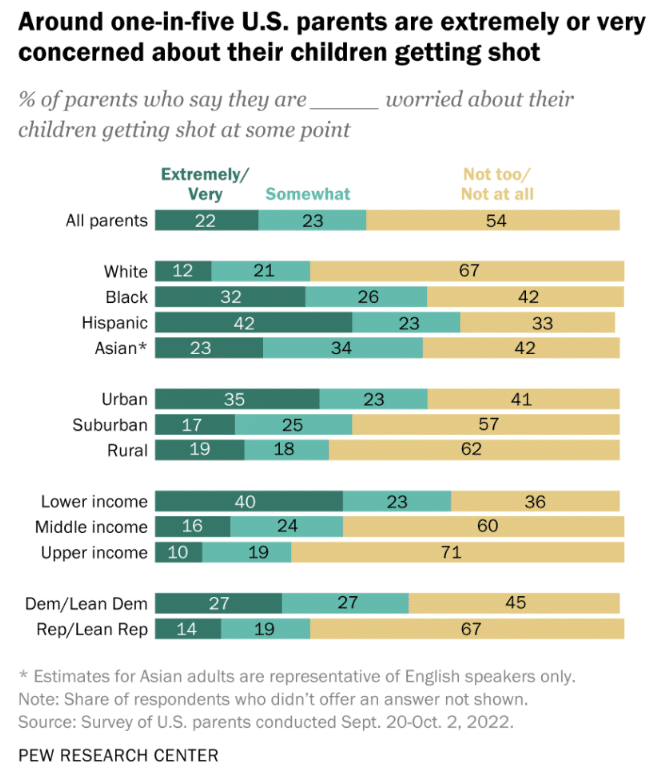By Sheila Ferguson
Echoes in Silence: “In the echo of silence, a shot rings clear, Shattering lives, the cost dear. A ripple of sorrow, a wave of pain, gun violence leaves, but stains remain.”– From Triggering Tears
Black males aged 14-29 years old are dying at high rates from firearm homicide, according to the City of Cleveland‘s 2023 Violence and Injury Report released on May 31, 2024.
Area families are grieving lost lives and snuffed potentials from firearm violence. The report stated there were 185 homicides in 2023, a rate not seen since 2000. This means 185 families will not see a loved one graduate high school or college, marry, work a job, own a home or have children.
Emergency room statistics show that the 800 gunshot wound victims are likely to become permanently disabled or die shortly after being injured. Shooters, sentenced to over 10 years in prison, will be absent from everyday family and community life.
Cleveland’s Violence and Injury Report precedes Surgeon General Dr. Vivek Murthy’s June 25 declaration that “firearm-related violence is an urgent public health crisis.”
Murthy’s landmark Surgeon General’s Advisory on Firearm Violence report offers a broad national picture and strategies. In Cleveland‘s 2023 Violence and Injury Report, Murthy reports that “54 percent of U.S. adults and families were impacted by the sharp rise in gun-related injuries and deaths.”
The Cleveland Observer recently spoke with local gun violence survivors about their questions on why our kids are dying.
Key Causes Questions and Answers
Judy Knight, a Lee-Harvard mother, minister and elder caretaker asked, “Why is it that every time I turn on the television or radio, there is a report of a shooting death somewhere in Cleveland? This is bad news for all Clevelanders.” Knight is most concerned with matters of cause and uptick.
Public health officials said today we are seeing the movement of gang and personal rivalries born online in the COVID-19 pandemic era move back to our city streets.
Author Julia Cusack reports that the youth gun violence problem around the U.S. is caused by “poverty, systemic racism, and social inequality.” According to Cusack, communities of color are disproportionately impacted. “Marginalized neighborhoods lack beauty, safe housing, and quality educational and employment opportunities. Children and youth growing up in impoverished areas are at risk for boredom and involvement in violent crime.”
Therapist Anton Cross of Shaker Heights’ Black Mental Health Corporation said families are not doing well. Foremost, parents themselves are defensive and angry, and they are not talking to their kids about violence. Many are not supervising them or healing their rage and anger. As a result, parents are not giving consequences for disruptive, violent, and destructive behaviors like racial self-hatred, toxic masculinity, or bad behaviors in the school and community. Young shooters carry around these pent-up emotions that signal it is OK to kill.”
Rhonda Derusha, a Grandmother and Cleveland human services worker, wants to know where the guns come from.
The Cleveland Division of Police and the National Association of Physicians have said, “There are too many guns on the street, more than law enforcement can confiscate, and rival gangs wanting to settle scores fuels the need to acquire firearms. Parents and grandparents add to gun violence by not securing their guns with locks and safes. Youth also get guns by purchasing them or robbing houses, cars, and businesses. Brazen offenders are also breaking into police cars to get weapons.”
What can be done about the gun violence problem?
Activists, therapists, politicians, and citizens have a shared obligation to bring about change.
Activists Reverend Al Sharpton of the National Action Network and Fatimah Drier of the Kaiser Permanente Center for Gun Violence Research and Education said, “A public health stance is a way to end community violence. They encourage community participation, voting, and pushing policymakers to first, rebuild blighted communities, second, address housing and food insecurity, unemployment, and mental health issues, and third, tighten gun laws and restrictions.”
On the interpersonal front, police, social workers, therapists, and groups like the Peacemaker’s Alliance encourage parents, grandparents, and older siblings to consider age, health, and personality, when setting limits on the hours per day of daily screen time. Data from the Centers for Disease Control and Prevention (CDC)Trusted Source show that children aged eight to 10 years old spend an average of six hours per day in front of a screen. At 11 to 14 years old, this increases to nearly nine hours per day.
They believe the levels of psychological desensitization among “today’s kids are coming from Xbox games, films and world news. These mediums create a lust for action and violence. Talking to your kids about violence and limiting screen time can help kids realize that killing and injuring others is not mere play. These activists also encourage parents to obtain gun locks and safes to prevent unauthorized use by children and teens.
Community and Family working together.
Therapist Cross goes on to say that parents and community elders play a critical role in talking to teens about violence. Most importantly, adults can model peacekeeping in the home so that it becomes a family value, said Cross.
“Parents talking to kids about the real dangers of gun violence is key to stopping us from glorifying guns and violence. Elders can teach kids that death is final and shootings can leave someone paralyzed or permanently disabled,“ Cross continued.
“Young people need to know that guns can also cause someone to lose body parts, be crippled or wear a colostomy bag for life. It is an eye-opener when kids discover that killing someone destroys their own family, the gunshot victims’ families and the witnesses too. No one is ever the same after these events.”
Mental health complications like depression, anxiety, post-traumatic stress disorder, alcohol and drug addiction could be results of surviving gun-related violence, Cross emphasized.
More Sources & Solutions
A World Desensitized: A world desensitized to the bang of the gun,
Where violence is rampant, and safety is none.
A call to action, loud and clear,
For a future where we no longer fear. – From, Triggering Tears
- Eliminating and curbing firearm violence is big! Some of the most doable solutions include:
The community must demand that the media accurately report where gun violence is occurring. Some say that the media is not truthful about the movement of gun violence into the inner ring suburbs of Maple, Garfield, South Euclid-Lyndhurst, and Euclid.
Read: U.S. Surgeon General Issues Advisory on the Public Health Crisis of Firearm Violence in the United States | HHS.gov
- Obtain free gun locks from your local police district so that you can safely store guns in your home.
- Contact the Peace Makers Alliance at 216 243-7002. They assist families in intervening in youth gun violence issues. Peace Makers provide community outreach, conflict mediation, resolution, gang interaction, violence prevention, case management, family services, and hospital-based intervention following a violent incident.
The Ohio Department of Health indicates that Cleveland’s most dangerous neighborhoods are the Industrial Valley, North Broadway, Kinsman, The Stockyard, and Central. These neighborhoods rank highest in violent and property crimes and account for 41 – 60% higher crime occurrences than all of Ohio.
Solutions include doing your part as an individual and community member. It starts with becoming educated, attending community safety rallies, advocating for stronger families and neighborhoods, and directing policy changes. Foremost, accept your responsibility to teach and practice nonviolence in the home and the hood.
Dr. Sheila Ferguson’s published literary works span the realm of scholarly writing and technical writing to playwriting, memoirs and creative non-fiction.





